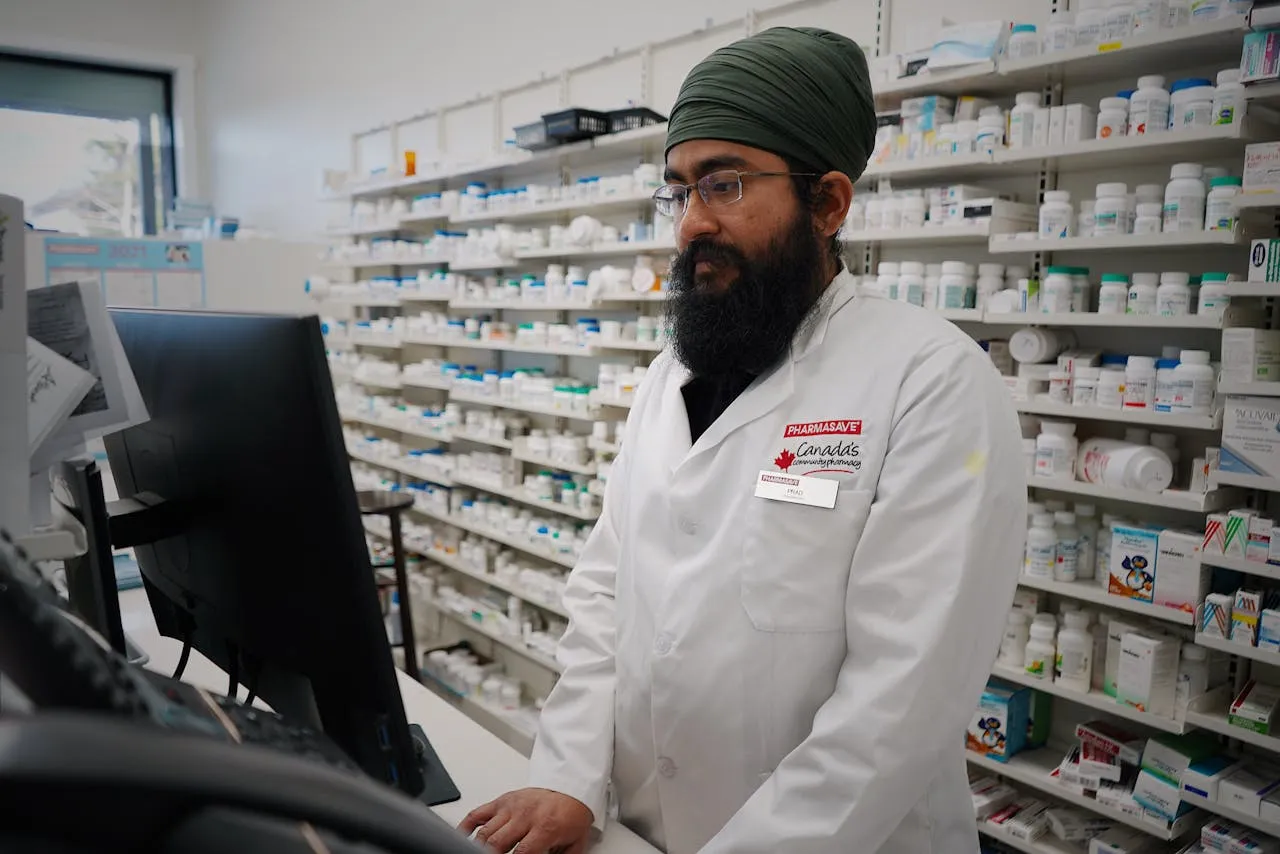
CVS Health® 2025 Rx Report Highlights the Evolution of Community Pharmacy to Meet Patient Needs
CVS Health® (NYSE: CVS) today unveiled its 2025 Rx Report, Community Pharmacy Reimagined, offering a detailed exploration of how community pharmacies are evolving to meet growing patient demands, support pharmacy teams, and tackle industry-wide challenges through sustainable models of care.
“As one of the most trusted healthcare brands, CVS Pharmacy® is dedicated to delivering personalized, accessible care wherever patients need it,” said Len Shankman, Executive Vice President and President of Pharmacy and Consumer Wellness at CVS Health. “Our 2025 Rx Report reveals that patients want more from their local pharmacies—and pharmacy teams are ready to provide it. By combining human connection with advanced digital tools and sustainable reimbursement models, we are shaping the future of community pharmacy today.”
Key Findings from the 2025 Rx Report
The report draws insights from a survey of over 2,200 U.S. consumers and more than 1,060 pharmacists and pharmacy technicians, uncovering several notable trends:
- Convenience and accessibility matter: Nearly 80% of U.S. adults visited a pharmacy in the past year, with 42% prioritizing personalized and convenient care.
- Trust in pharmacists remains strong: More than three-quarters of adults (77%) trust their local pharmacist, while 84% consider pharmacies credible sources of healthcare information.
- In-person care is critical: Eighty percent of patients prefer face-to-face interactions, and nearly half (48%) would switch pharmacies if limited to digital-only care. Pharmacy professionals overwhelmingly agree, with 97% emphasizing the importance of in-person engagement.
- Pharmacy teams are eager to expand their roles: Seventy-five percent of retail pharmacy staff express interest in providing more patient care.
- Technology enhances care: Sixty-five percent of pharmacists see technology integration as a means to improve daily workflows, create efficiencies, and free time for patient interactions.
- Preparing the next generation: Forty percent of pharmacy technicians aspire to become pharmacists—a significant year-over-year increase—highlighting the need for scholarships and robust training programs.
“Community pharmacy teams do far more than fill prescriptions,” said Lucille Accetta, Senior Vice President and Chief Pharmacy Officer at CVS Health. “As patients increasingly rely on local pharmacies for healthcare access, we are reimagining their role to maximize public health impact. This includes supporting colleagues with tools that allow more patient care, advocating for policies that expand pharmacist-led services, and nurturing the next generation of pharmacy professionals.”
Community Pharmacies as Local Health Destinations
Survey data indicate a clear patient preference for in-person care. CVS Pharmacy combines this trusted human connection with innovative technology to enhance the patient experience. The company continues to expand access to care, opening nearly 100 new community locations in 2025—including more than 60 former Rite Aid locations in the Pacific Northwest—and launching small-format stores in underserved areas. These new sites provide comprehensive prescription services, immunizations, refills, and medication support, alongside a curated selection of health essentials.
Technology Supporting Pharmacy Teams and Patients
Supporting pharmacy professionals is a central focus of the report. Two-thirds of retail pharmacists believe that technology can enhance both workflow and patient care. CVS Health has invested in tools such as the dynamic workload-sharing model, the SmartDUR™ drug utilization review system, and a modernized pharmacy operating system developed with input from pharmacy colleagues themselves. These innovations allow teams to spend more time with patients while optimizing operational efficiency.
Expanding the Scope of Pharmacy Practice
Pharmacy professionals increasingly advocate for an expanded scope of practice, including prescribing certain medications. CVS Pharmacy has already broadened its care offerings, administering more than a dozen vaccines, testing for various illnesses, prescribing therapies where state law allows, and performing comprehensive medication reviews. Yet, both pharmacists and technicians have the potential to contribute even further to public health.
To support these efforts, CVS Health is promoting public policy solutions that sustain pharmacy services, including support for the Ensuring Community Access to Pharmacy Services Act of 2025 (H.R. 3164/S. 2426), which aims to preserve pharmacist-led testing and services that have become integral since the COVID-19 pandemic.
Advancing a Sustainable Pharmacy Model
The 2025 Rx Report emphasizes the need for new reimbursement models to stabilize community pharmacies. Traditional pricing approaches have created challenges, prompting CVS Health to implement CVS CostVantage™, a cost-based pricing framework. This system bases reimbursement on actual drug costs, a defined markup, and a dispensing fee, ensuring fair compensation for pharmacies while providing transparency for payors. In 2026, CVS plans to expand this model to several government services programs.
Investing in the Next Generation of Pharmacists
Workforce sustainability is another priority. CVS Health is investing in tuition assistance, scholarships, and partnerships with pharmacy schools to develop future pharmacy leaders. Programs like the PharmD Tuition Assistance Program, along with collaborations with the American Association of Colleges of Pharmacy and Duquesne University, exemplify CVS Health’s commitment to cultivating the next generation of community pharmacists.
The Future of Community Pharmacy
Community pharmacy is at a pivotal moment. Meeting rising patient demand and navigating market pressures requires blending technology-driven convenience with trusted human interactions. With over 9,000 community health destinations and a 60-year legacy of innovation, CVS Pharmacy is redefining what local pharmacy care can be—proving that the future of patient-centered care starts today.




